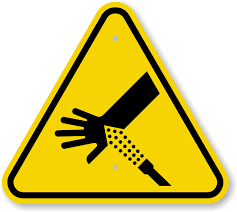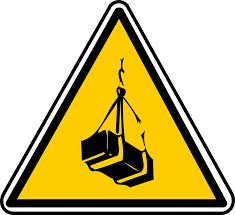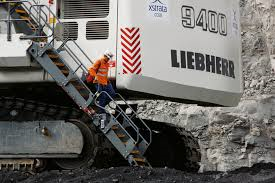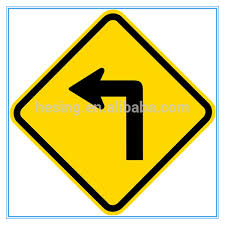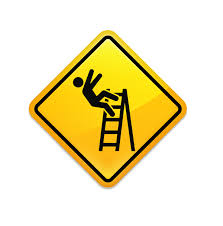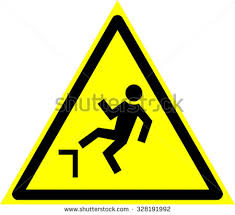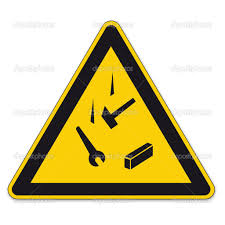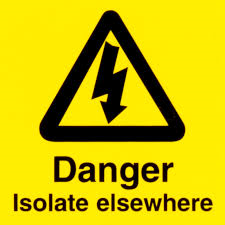Information
-
Select your project
-
Critical Risk Inspection - Hydraulic Tooling Inspection
-
Conducted on
-
Inspection conducted by:
Critical Risk Inspection - Hydraulic Tooling Inspection
-
The hazard inspection must be conducted by a Supervisor and/or Safety and Health Representative and/or an employee, as follows:
1. For EVERY inspection requirement, indicate the item as Compliant (C), Non-Compliant (NC) or Not Applicable (N/A)
2. For every non-compliance identified, provide the location and a description in the comments section. Note: Include positive comments on section. Note: Include positive comments on compliance, not just negatives
3. Enter defects or non-compliances in the applicable site registers, i.e. electrical equipment defects must be entered into the Electrical Register
4. At inspection completion, discuss the non-conformances with the Area Superintendent and determine an action, completion date and responsible person - enter this in the agreed actions section of this form
5. Forward the completed inspection to the Safety Department
6. The Safety Department is to check that ALL identified non-conformances for that month have been corrected and or entered into INX.
Hydraulic Tooling Inspection
-
Hydraulic Tooling Inspection
-
Randomly select and inspect four hydraulic torqueing devices and record details
-
Hydraulic Tooling Record Details
-
Are all hydraulic tools inclusive of hydraulic pump pressure gauges, tool heads and master gauges recorded on the site calibration register?
-
Are calibration certificates available for all calibrations?
-
Is the tool head within its 6-months calibration requirement?
-
Is the pump and gauge within its 12-month calibration requirement?
-
Is the master gauge within its 12-months calibration requirement?
-
Is a logbook used to record usage and pre work inspections such as DM-PL-1030 Hydraulic Torqueing Device Log Book?
-
Does the pre-use inspection include:<br>• Hydraulic oil reservoir;<br>• Fittings ;<br>• Master gauge;<br>• Head calibration;<br>• Hose lines &<br>• Tool head are checked and recorded prior to use?<br>
-
Are JHA’s completed prior to the use of hydraulic tooling?
-
Are Original Equipment Manufacturers (OEM) manuals available in English to employees? (Note manuals are required to be available)
-
Are sheaths fitted to all hose connection points?
-
Is spare hydraulic tooling available, including fittings and impact sockets on the project?
-
Is hydraulic tooling stored in a manner in which it won’t be damaged?
-
Does all hydraulic tooling clearly display its name plate, maximum torque and model number?
-
Are manual torque multipliers available for use? These are a banned tool and should be removed from service.
-
Is a copy of the pressure–torque conversion table available with the hydraulic tool?
Sign Off
-
Person conducting inspection:
